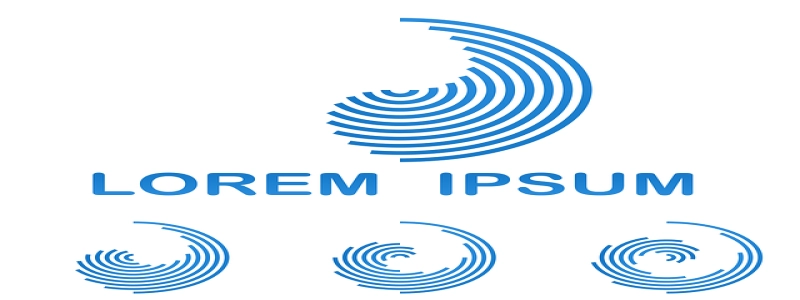Fibre Optic Connector Types
Introduction:
Fibre optic connectors play a crucial role in ensuring the seamless transmission of data through fibre optic cables. There are various types of fibre optic connectors, each with its unique design and characteristics. This article aims to provide a detailed explanation of the different types of fibre optic connectors commonly used in communication systems.
I. Single-Mode Connectors:
1.1 SC Connectors:
The SC connector, known as the Subscriber Connector or Standard Connector, is one of the most widely used fibre optic connectors. It features a square-shaped push-pull coupling mechanism that provides excellent stability and reliability. The SC connector is suitable for both single-mode and multimode fibres.
1.2 LC Connectors:
The LC connector, also known as the Lucent Connector or Little Connector, is a small form-factor connector that is gaining popularity due to its high-density design. It features a convenient push-pull mechanism and is widely used in data centers and telecommunications applications. The LC connector is primarily used with single-mode fibres.
1.3 FC Connectors:
The FC connector, or Ferrule Connector, is commonly used in high-precision applications that require maximum alignment accuracy. It is primarily used with single-mode fibres and provides exceptional performance under challenging conditions. The FC connector utilizes a threaded coupling mechanism for secure and stable connections.
II. Multi-Mode Connectors:
2.1 ST Connectors:
The ST connector, or Straight Tip connector, was one of the earliest fibre optic connectors to gain popularity. It utilizes a bayonet-style coupling mechanism that provides easy and quick installation. The ST connector is chiefly used with multimode fibres.
2.2 MT-RJ Connectors:
The MT-RJ connector, or Mechanical Transfer-Registered Jack, is a duplex connector that combines both fibre strands in a single miniature connector. It is widely used in both single-mode and multimode applications and offers easy termination and high-density capabilities.
2.3 MPO Connectors:
The MPO connector, or Multi-fibre Push-On/Pull-Off connector, is specifically designed for high-density applications requiring multiple fibres. It features a push-pull latching mechanism and allows for quick and efficient connectivity. The MPO connector is commonly used in data centers and high-speed telecommunication networks.
Conclusion:
In conclusion, the variety of fibre optic connector types available allows for flexibility in choosing the most suitable connector for specific applications. From the widely used SC and LC connectors to the high-precision FC connector, each type offers unique features and advantages. Understanding the different fibre optic connector types is essential for ensuring proper and efficient data transmission in communication systems.








